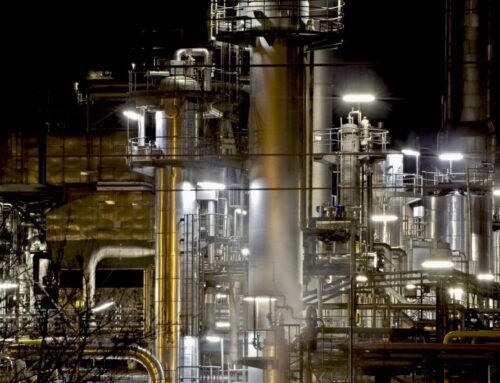Breathing Air Standards in USA
When it comes to standards and instructions for implementing programs for the respiratory and health protection of workers in hazardous contexts, two US government agencies take the lead; OSHA (Occupational Safety and Health Administration) and NIOSH (National Institute for Occupational Safety and Health). Both bodies are engaged in conducting research and studies designed to prevent diseases that occur during the work period.
In this way, norms, guides, and extra materials are produced and constantly updated on the agencies’ websites in the name of public welfare and the development and promotion of safe environments for all those exposed to harmful elements. The relevance of these bodies is such that their guidelines are accepted by several countries since data are carefully prepared so that there is no harm to any party. Depending on the sector of work involved, specific instructions are given, but American society is aware that the rules of both OSHA and NIOSH are aimed at the economy as a whole. Thus, this article will address OSHA regulations regarding the prevention of diseases and illnesses caused by polluting agents present in the air, in addition to equipment suitable for use in certain contexts.
Occupational Safety and Health Administration Following OSHA health and safety policies, in its 29 CFR 1910. 132 standard, employers need to develop and offer their employees a well-founded program aimed at the respiratory protection of individuals. In this sense, respirators would be able to protect them from harmful agents found in work environments.
Workers, in turn, must be responsible for the proper use of respirators and for complying with the program provided. While operational controls and structural changes to the workplace are carried out to adapt the physical space to the needs and health of employees, they must use respirators. Training for all employees must also be carried out, promoting a greater sense of awareness about the problem and how it can be solved in the best possible way, benefiting employees and the labor context in the same sense. The main objective of the respiratory protection program developed at each workplace is to prevent human exposure to agents harmful to health such as dust, mists, smoke, gases, vapors, spray, or other substances/products toxic to the organism. Because of the great importance of this prevention project, an administrator is appointed to supervise each stage and act in favor of collective well-being. However, it is not anyone who can take office.
Only those with deep knowledge of respiratory guidelines and regulations can play the role of administrators. Employees, according to OSHA instructions, are directed to store their respirators in safe and clean places, since if they are no longer effective in protecting against harmful agents, individuals will be in imminent danger again. The following are some points listed by OSHA that should be analyzed and followed concerning the effective application of a respiratory protection program in a work environment: Site-Specific Written Procedures; Program Evaluation; Selection of an Appropriate Respirator Approved by NIOSH; Training; Respirator Use Tests; Inspection, Cleaning, Maintenance, and Guard; Medical Employee Assessments;
Research and Inspections in the Work Areas; Air Quality Standards. In selecting respirators, employers also need to assess the physical and chemical properties of the threats, as well as the degree of toxicity present in the environment and the amount of oxygen available to be breathed. Under OSHA 29 CFR 1910. 134, an employer must ensure that compressed air and oxygen and liquids used for breathing are compatible with the United States pharmacopeia requirements for medical and respiratory oxygen.
The compressed breathing air must take into account specificities such as the oxygen concentration between 19.5% and 23.5%; 5 milligrams of hydrocarbon per cubic meter of air or less; carbon monoxide of 10 ppm or less; carbon dioxide of 1,000 ppm or less and no noticeable odor.
The employer must ensure that oxygen levels above 23.5% are used only in equipment designated for oxygen delivery or service. Two types of respirators can be used to prevent harmful agents: those for air purification and environmental supply. The former is characterized by the use of filters or adsorbents to effectively remove polluting substances from the air.










